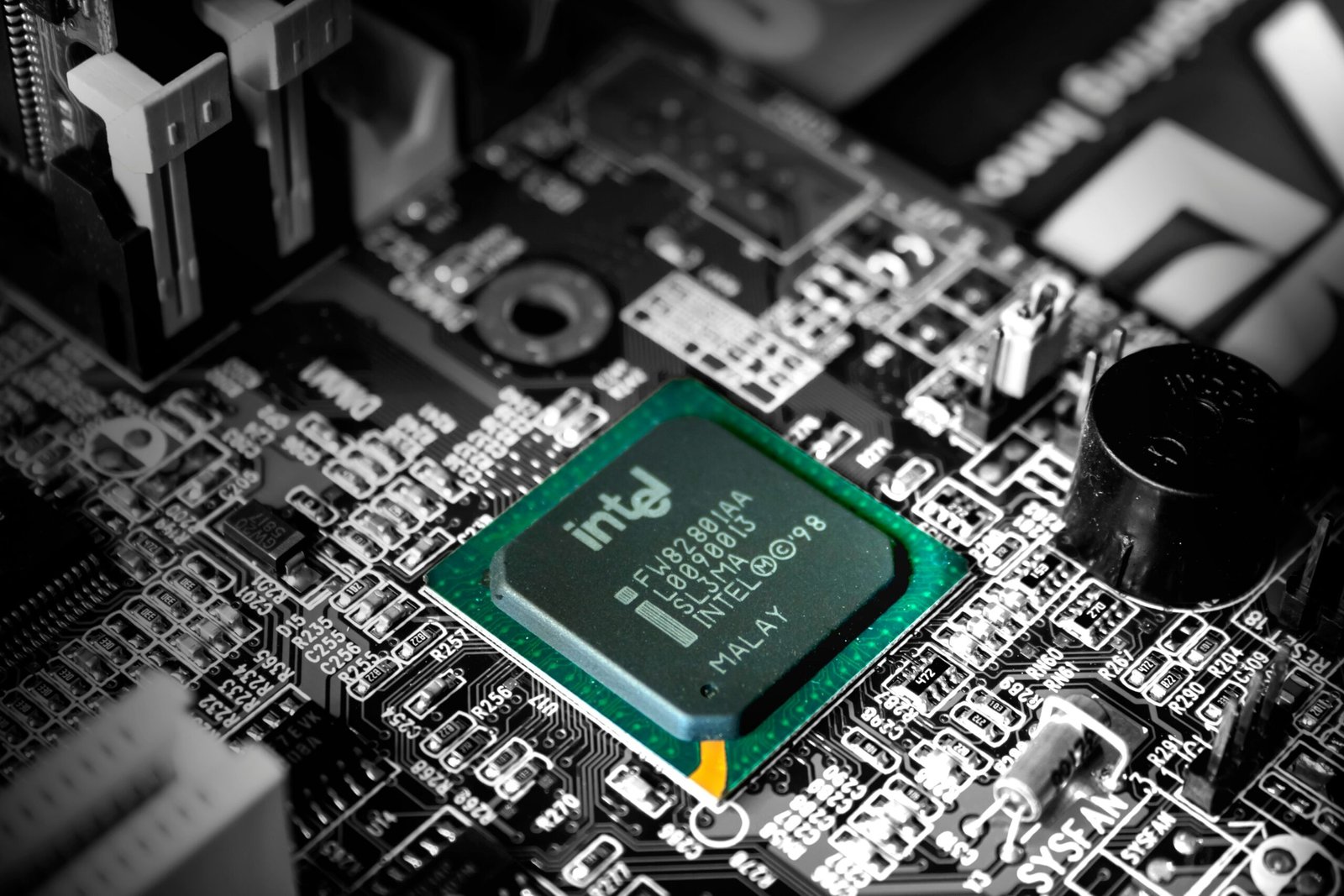Introduction
The evolution of AI communication has undergone significant transformations, transitioning from rudimentary chatbots to advanced AI companions that are increasingly capable of understanding and engaging with human users. In the early days, chatbots primarily operated on simple rule-based systems, responding to straightforward prompts with predefined answers. As technology evolved, these systems incorporated basic natural language processing capabilities, leading to more dynamic and conversational interactions. However, challenges such as lack of engagement and miscommunication remained prevalent, often stemming from the limitations of technology and users’ varied expectations.
Today, we witness a new generation of AI communication tools designed to create a more immersive and interactive user experience. These AI companions utilize sophisticated machine learning algorithms, enabling them to learn from user interactions and adapt their responses accordingly. This shift has led to marked improvements in understanding context, intent, and emotional cues, overcoming some of the hurdles that were the hallmark of earlier chatbots. Nevertheless, issues such as functionality limitations and the reliability of the responses still pose challenges for users seeking effective communication.
This article aims to provide a comprehensive overview of the advancements in AI communication, shedding light on how these technologies function and their real-world applications. Readers can expect to explore the significant milestones that have shaped the industry, the diverse use cases that showcase the capabilities of AI companions, and the future trends that promise to redefine interactions between humans and machines. By delving into these topics, we hope to offer valuable insights into the dynamic landscape of AI communication and its growing relevance in daily life.
The Journey of Chatbots: From Basic Tools to Intelligent Interactions
The development of chatbots has been a fascinating journey marked by significant advancements in technology and understanding of human communication. Initially, chatbots were rudimentary tools designed predominantly for simple interactions. They relied heavily on rule-based systems where users were constrained to specific prompts and structured responses. One of the earliest examples is ELIZA, created in the mid-1960s, which simulated conversation by recognizing keywords and applying pre-determined scripts. While ELIZA demonstrated the possibility of human-like interaction, its capabilities were limited, often frustrating users with its inability to comprehend context.
As technology progressed, chatbots began to evolve, particularly with the arrival of natural language processing (NLP). NLP enabled chatbots to understand human language more effectively, paving the way for smarter interactions. The introduction of machine learning further revolutionized chatbot technology, allowing these systems to learn from user interactions and improve their responses over time. Today, advanced AI-driven platforms leverage deep learning algorithms, enabling them to analyze vast amounts of conversational data, discern patterns, and generate more nuanced replies.
According to recent statistics, the adoption of chatbots has increased significantly, with 67% of consumers reporting that they have interacted with a chatbot for customer service purposes. Moreover, studies indicate that the implementation of chatbots has led to a dramatic improvement in customer satisfaction, with companies reporting a 70% increase in response accuracy. Modern chatbots, such as those developed by companies like Google and Facebook, offer not only support for customer queries but also engage users in personalized conversations, demonstrating an evolution from mere tools to intelligent virtual companions.
The progression from basic rule-based systems to sophisticated AI models exemplifies the major technological advancements that have shaped chatbot functionalities, greatly enhancing their effectiveness and user experience.
AI Companions: Redefining Communication and Engagement
The emergence of AI companions marks a significant shift in the landscape of human-machine interaction, transcending the limitations of traditional chatbots. These sophisticated entities are not merely programmed to respond to queries; they are designed to engage users in meaningful conversations, learning and adapting to individual preferences and emotional states over time. By leveraging advanced machine learning algorithms and natural language processing, AI companions can provide a more personalized and empathetic experience, which has far-reaching implications for social interaction and mental health support.
Research indicates that interactions with AI companions can enhance user well-being, particularly by reducing feelings of loneliness and providing emotional support. For instance, a study published in the Journal of Human-Computer Interaction found that individuals who engaged regularly with AI companions reported higher levels of emotional satisfaction and lower levels of anxiety. These observations highlight the potential of AI companions to serve as supportive tools that foster social ties and enhance emotional resilience.
Popular AI companions, such as Replika and Woebot, exemplify the capabilities of these advanced systems. Replika, for example, employs AI to create a virtual friend that learns from user interactions, offering tailored conversations and advice. Woebot, on the other hand, serves as a mental health coach that utilizes cognitive-behavioral therapy techniques to help users navigate their emotional challenges. Both platforms illustrate the versatility of AI companions in addressing diverse user needs while maintaining an engaging interface that encourages ongoing interaction.
The technology behind these AI companions is continually evolving, with advancements in deep learning and sentiment analysis enhancing their ability to interpret and respond to human emotions more effectively. As these platforms grow more adept at facilitating meaningful connections, they redefine not only how we perceive artificial intelligence but also the role these companions play in our daily lives. In essence, AI companions are emerging as a vital component of modern communication, blending technological innovation with emotional understanding to enrich user experiences.
The Future of AI Communication: Trends and Expectations
The landscape of AI communication is on the cusp of significant transformation, influenced by emerging trends that include voice recognition, multimodal interactions, and ethical considerations in design. Voice recognition technology has evolved considerably, enabling AI systems to understand and process human speech more accurately than ever before. This advancement not only enhances user experience but also opens the door for a broader range of applications, from virtual assistants to customer service chatbots.
Another trend is the rise of multimodal interactions, where AI systems can engage with users through various channels, including text, voice, and visual elements. This capability leads to a more holistic experience, allowing users to choose their preferred mode of communication based on context and convenience. As these technologies develop, the potential for creating more intuitive and natural interactions increases, fostering deeper connections between users and AI systems.
However, with these advancements come challenges that must be addressed. Data privacy concerns remain at the forefront of discussions surrounding AI communication technology. The sensitive nature of personal data requires developers to implement robust privacy measures, ensuring user trust and compliance with regulations. Moreover, ethical considerations must guide the AI design process to prevent biases and ensure fairness in how AI systems interact with diverse user groups.
For businesses and developers aiming to improve their AI communication strategies, it is crucial to prioritize user-centric designs that incorporate feedback loops and transparency. Engaging users in the design process can help identify potential pitfalls and enhance the overall user experience. As the field progresses, staying informed about trends and considering ethical implications will be vital for success. By embracing these insights, stakeholders can leverage AI communication innovations effectively. We encourage readers to share their thoughts on the advancements in AI communication and their implications for the future.




